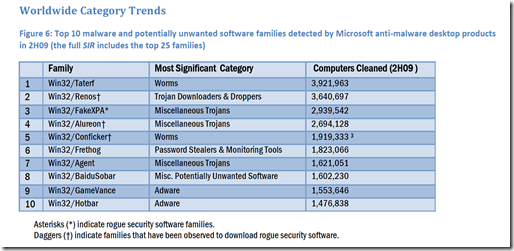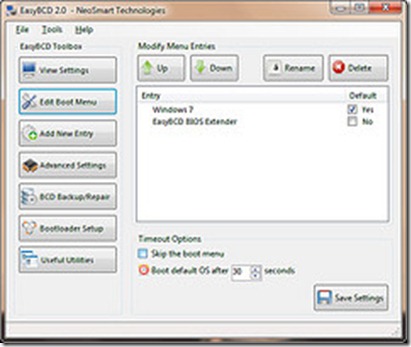Microsoft’s Office Suite is one of the industry’s longest lasting “killer app”. Even with competition from OpenOffice.org and Google Docs, it proves to be like a fine wine, improving with age. Microsoft is taking notice of what their competitors are offering and addresses them with new features and enhancements to the applications you’ve come to know so well.
Lucky for us, Jay Ferron will be returning to the Danbury Computer Society (DACS) stage August 3rd to show us all of Microsoft Office’s newest features and enhancements for 2010. You may remember Jay from a previous presentation he gave us on the then-new Microsoft Vista and Office 2007.
Jay is a self-proclaimed geek who has authored; Architecting Microsoft Server Virtualization Solutions with Hyper-V™, System Center Virtual Machine Manager, and assorted articles on Microsoft Technologies published in Smart Computing Magazine.
He is also involved with the American Red Cross National Headquarters Emergency response team dealing with computing and communications in a disaster.
Microsoft Office 2010 has improved the capabilities for the user to not only include graphics and video into files, but to edit them as well! While this may not be as powerful as a stand-alone professional editor, it also doesn’t require purchasing an expensive suite to do most of the changes people do make and it is easier to use.
Office 2010 is also Microsoft’s latest foray into integrating with Cloud computing! Office combines the power of the desktop applications with the accessibility of an online storage site and availability to open these same files with their online office cloud applications! This means you never have to be far away from your documents, nor are your collaborators even if they do not have Office 2010 installed on their systems.
Even the ribbon interface introduced with Office 2007 has seen some improvement. The layout and controls are better laid out and, even better, are customizable!
So, if you’ve held off on upgrading your Office, now may be the time to jump. With numerous improvements from interfaces to integration and collaboration to graphics you’ll be pressed not to find a new feature you like!
Danbury Area Computer Society (DACS) is a registered nonprofit and has been serving the region since 1990. Members receive an award-winning newsletter, members-only workshops and events, and access to volunteer phone support.
As a reminder, our General Meetings are free and open to the public so invite anyone you know who would be interested in this topic.
DACS meetings are held at the Danbury Hospital auditorium. (Click here for directions.) Activities begin at 6:30 p.m. with registration and casual networking. The meeting starts at 7:00 p.m. with a question and answer period (Ask DACS), followed by announcements and a short break. The featured evening presentation begins at 8:00.
Cross post off WWW.DACS.ORG



.jpg)